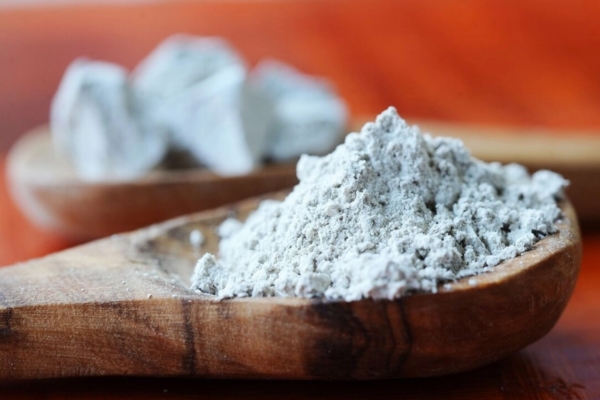Traditional industries have many methods for transforming waste biomass materials into useful chemicals, but these methods often require a large amount of energy and catalysts, leading to low conversion efficiency. In Japan, researchers at a renowned university have developed a special zeolite that can easily and rapidly convert these biomass materials with simple microwave heating.
The synthesis of plastics, pharmaceuticals, or food additives typically begins with structurally simple chemical precursors (olefin compounds). These are largely derived from petroleum, a process that not only consumes significant energy but also contributes to environmental pollution during extraction and refining.
To reduce reliance on petroleum, researchers have turned to using waste cooking oil, microalgae oil, and other biomass materials as efficient and sustainable precursors for chemical synthesis. One method involves adding zeolite to waste oil and heating the mixture through traditional convective heating to temperatures between 400°C and 600°C, where the zeolite catalyzes the breakdown of oil into olefin compounds (benzene, toluene, xylene, etc.). However, this method requires substantial energy for heating the waste oil, often leading to the formation of undesired substances (coking) at high temperatures and shortening the lifespan of the catalyst (zeolite).
Zeolite is a porous natural material commonly used as a catalyst or absorbent. When its pores become clogged, its efficiency decreases.
Researchers at Kyushu University in Japan discovered a zeolite material named “Na-ZSM-5” as a catalyst. By adding this zeolite to discarded cooking oil and heating it to 500°C to 600°C using microwave heating, the waste cooking oil can be transformed into useful “olefin-type” chemical substances. The research findings were published in the October issue of the Chemical Engineering Journal.
Led by Associate Professor Shuntaro Tsubaki from the Faculty of Agriculture at Kyushu University, the team compared various zeolite catalysts to find one that could be efficiently heated by microwaves and possess good catalytic performance. Ultimately, they identified “Na-ZSM-5” as the ideal zeolite.
This zeolite is a form of zeolite in which sodium ions (Na+) replace other ions, allowing it to be heated to the required temperature through microwave irradiation without coking, a phenomenon where unnecessary deposits accumulate around the zeolite.
To demonstrate the advantages of microwave heating over traditional methods, the team added Na-ZSM-5 zeolite to methyl oleate and used microwave heating to catalytically crack it into ethylene, propylene, and other olefins.
Results showed that using Na-ZSM-5 zeolite and microwave heating could improve overall conversion efficiency by over four times compared to traditional methods, with an overall conversion selectivity of up to 80%. Furthermore, this zeolite could suppress the formation of benzene, toluene, xylene, and other olefin substances during cracking, preventing degradation and toxic carbon monoxide formation. The overall reaction process also generated minimal carbon dioxide.
By heating methyl oleate containing Na-ZSM-5 zeolite to 500°C using low-frequency microwaves, the researchers were able to produce substances such as ethylene, propylene, and xylene, with the highest carbon yield reaching up to 35%.
In seeking to understand why Na-ZSM-5 zeolite exhibits excellent selectivity and catalytic activity, researchers subjected the zeolite to microwave irradiation and found that certain parts of its lattice quickly surged to nearly 1000°C, even when the entire zeolite’s temperature was only 500°C. They speculated that this extreme temperature could be a major driver of olefin production.
Associate Professor Shuntaro Tsubaki stated to the university’s press office, “Microwaves directly heat materials and can selectively transfer energy, saving a significant amount of energy compared to traditional convective heating processes.” He further emphasized, “Microwaves can penetrate air and selectively heat solid catalysts, accelerating the overall catalysis process. Additionally, the heated catalysts create spatial hotspots to catalyze the cracking of substances.”
He also highlighted that “this research outcome will advance the electrification of the chemical industry because microwaves can be generated by renewable energy sources such as solar and wind power. This could reduce the environmental impact of synthesizing essential chemicals.”
The research team plans to further enhance microwave-driven catalytic processes to increase output and energy efficiency for expanded production capacity, with the hope that their efforts will pave the way for a new era of sustainable chemistry.

